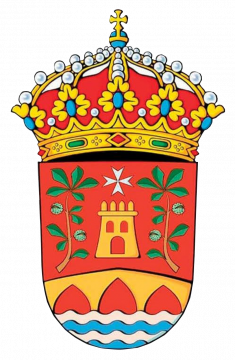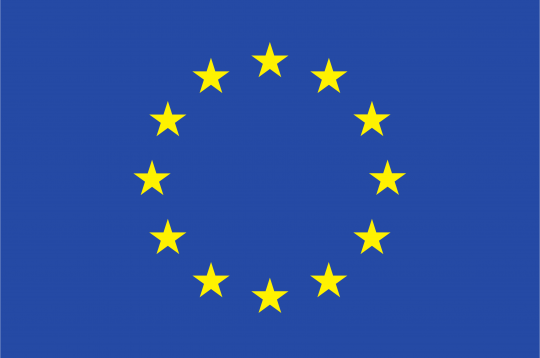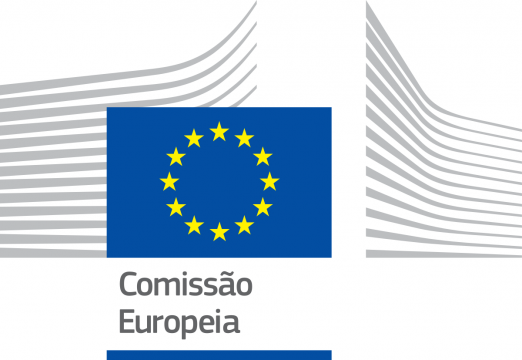EUROPEAN CELTIC ROOTS
| celtic heritage in europe | Project ID: 101157828 | cerv - 2023 - citizens - town - tt
Month Archaeological Artefact
The Mouruás Sword is a metallic artifact, primarily characterized by the casting process, in this case, using bronze, a metallic alloy primarily composed of copper and tin, with variable proportions of other elements such as zinc, aluminum, antimony, nickel, phosphorus, and lead, followed by forging, hammering on an “anvil,” or pressure applied by another tool to shape the piece after it is removed from the mold, usually a ceramic or refractory clay mold.
Regarding the "Mouruás Sword," it is a weapon, apparently of an honorary type or belonging to a person of a certain social status, integrated into the communities occupying the territories of Northern Spain, Northern, Central, and Southern Portugal, Southern Spain, and other places, between 1000 and 900 B.C. This fascinating archaeological artifact is held at the restoration and conservation services of the Archaeology Museum of Ourense, under inventory number CE003942.
The so-called Mouruás Sword was discovered in November 1968, exactly 55 years ago this month, at a site called Portela do Alto de Cerdeira (Peneda dos Castros), near the Navea River, where it meets the Sil River, in the village of Mouruás. The discovery was made during the explosion of a drill while extracting stone from a quarry close to Mouruás for road construction.
The artifact measures 68.5 cm in length, has a maximum thickness of 1.1 cm, and a maximum width of 5.7 cm. The sword weighs about 820 grams. The sword consists of a long blade with two edges and a tripartite, perforated hilt. It features a lenticular blade with smooth ridges and a pronounced central ridge at the proximal end for reinforcement. (read more)








